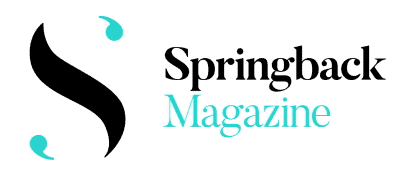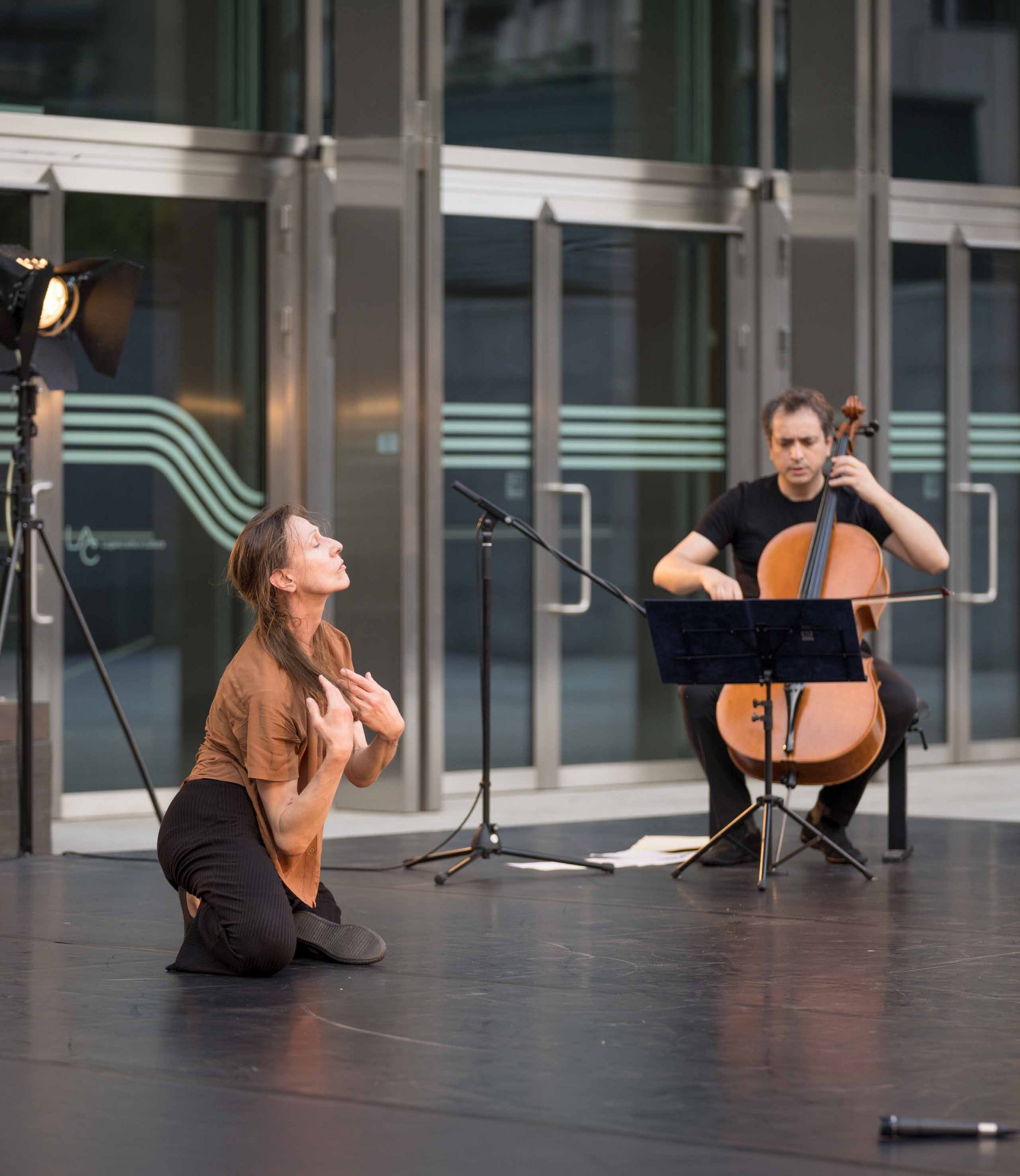I have long envied film journalists for having one of their trade’s most important festivals on the French riviera. But dance professionals – and fans – need not be jealous of Cannes any more, because now there’s Lugano Dance Project, a new international dance festival in Switzerland at a location that easily rivals the Côte d’Azur for scenery and atmosphere. Of course, there’s more to this ambitious initiative than just beautiful views – although Monte San Salvatore almost stole the show at some of the site-specific performances – and I went to find out what that ‘more’ really is about.
Lugano Dance Project is the newest venture of LAC Lugano Arte e Cultura, a magnificent cultural centre built seven years ago as a home and a hub for national and international art in Lugano. It now hosts top-quality theatre and dance performances as well as classical and pop concerts from around the world, besides having its own museum and artist residency spaces. According to general director Michel Gagnon, LDP marks LAC’s coming of age and tries to position Lugano as an important place of contemporary art on the map of Europe. Canadian by birth, Gagnon sees the festival as a chance to lay the foundation for exchanges between Europe and North America, and accordingly, the programme features artists from both continents. The selection of the festival, curated by LAC Artistic Director Carmelo Rifici and Dance Advisor Lorenzo Conti aims at diversity in terms of dance styles, ethnic backgrounds and abilities, but not so much in terms of gender: except for one, all the chosen choreographers are women, and that has a reason too. According to Rifici, the programme was shaped ‘to remind us that in a world that has relapsed into madness, women’s bodies and voices remain the only antidotes to savagery’. A nice, if somewhat utopian thought.
As a matter of fact, the region has a history with utopias: Monte Verità, a colony of free thinkers where Rudolf Laban started a school and Mary Wigman spent her time, was founded nearby at the turn of the nineteenth and twentieth centuries. LDP devoted a photo exhibition to this idealistic community, and screened Carl Javér’s documentary Freak Out! Monte Verità. Der Traum vom alternativen Leben. The movie tells the story of the colony’s foundation and the lives of its central figures, mentioning only briefly its dancer members but introducing many lesser-known characters of the era. They preached and practised free love and other radical ideas, followed a vegan diet, experimented with drugs – to sum up, they chose an ‘alternative life’, and that long before the hippies.










